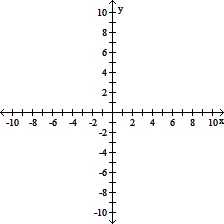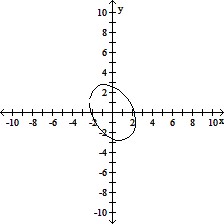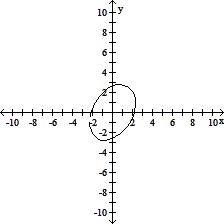Solve the problem.The number of hours of sunlight in a day can be modeled by a sinusoidal function. In the northern hemisphere, the longest day of the year occurs at the summer solstice and the shortest day occurs at the winter solstice. In 2000, these dates were June 22 (the 172nd day of the year) and December 21 (the 356th day of the year), respectively. A town experiences 10.93 hours of sunlight at the summer solstice and 8.51 hours of sunlight at the winter solstice. Find a sinusoidal function  that fits the data, where x is the day of the year. (Note: There are 366 days in the year 2000.)
that fits the data, where x is the day of the year. (Note: There are 366 days in the year 2000.)
A. y = 10.93 sin  + 8.51
+ 8.51
B. y = 1.21 sin  + 9.72
+ 9.72
C. y = 10.93 sin  + 9.72
+ 9.72
D. y = 1.21 sin  + 9.72
+ 9.72
Answer: B
Mathematics
You might also like to view...
Indicate whether the ordered pair is or is not a solution to the given system.
 (2, -6)
(2, -6)
A. Solution B. Not a solution
Mathematics
Find an equation in slope-intercept form of the line that passes through the given point and has slope m.(0, 3); m = - 
A. y = 3x - 
B. y = 3x + 
C. y = -  x - 3
x - 3
D. y = -  x + 3
x + 3
Mathematics
Write the x- and y-intercepts of the graph.
A. x-intercept: 2; y-intercept: 8 B. x-intercept: 2; y-intercept: -8 C. x-intercept: -2; y-intercept: -8 D. x-intercept: -2; y-intercept: 8
Mathematics
Rotate the axes so that the new equation contains no xy-term. Graph the new equation.31x2 + 10 xy + 21y2 -144 = 0
xy + 21y2 -144 = 0
A. 
B. 
Mathematics